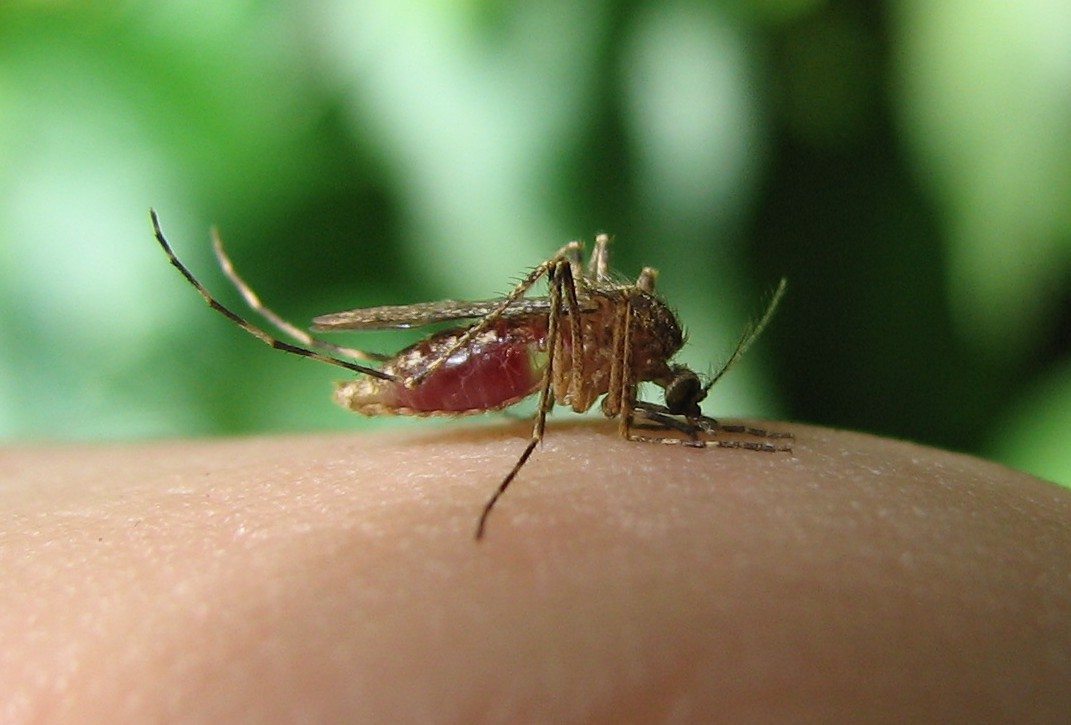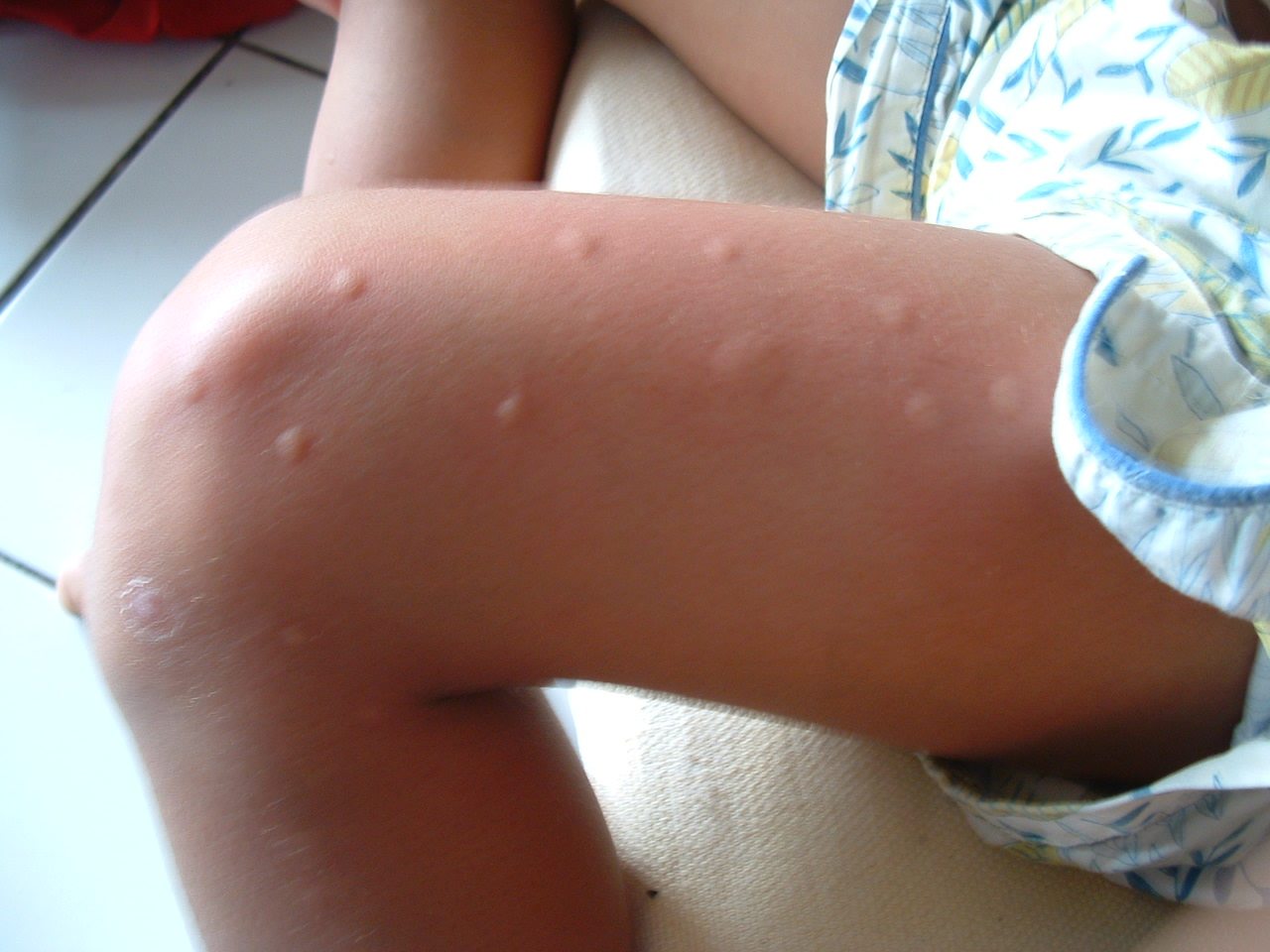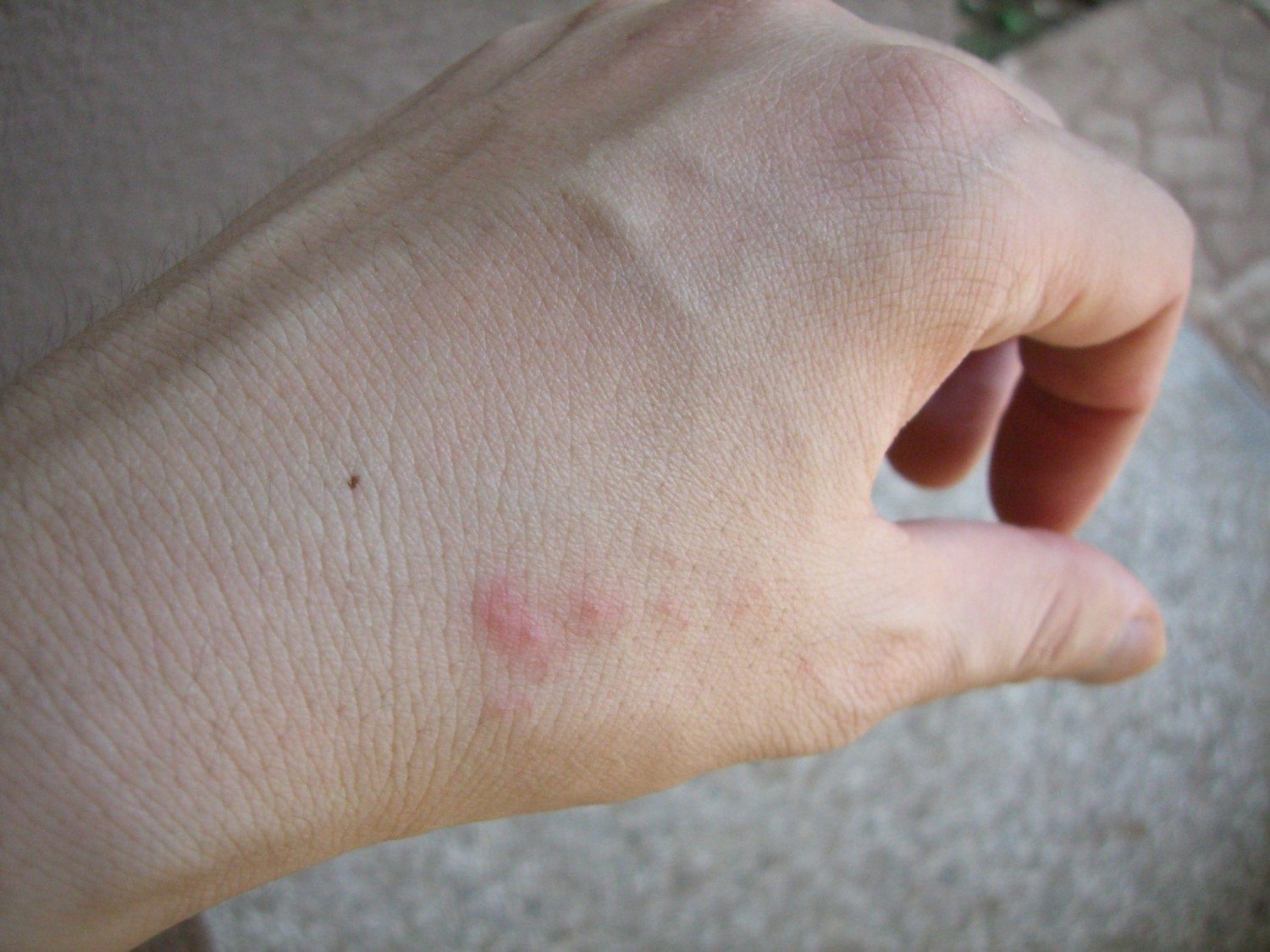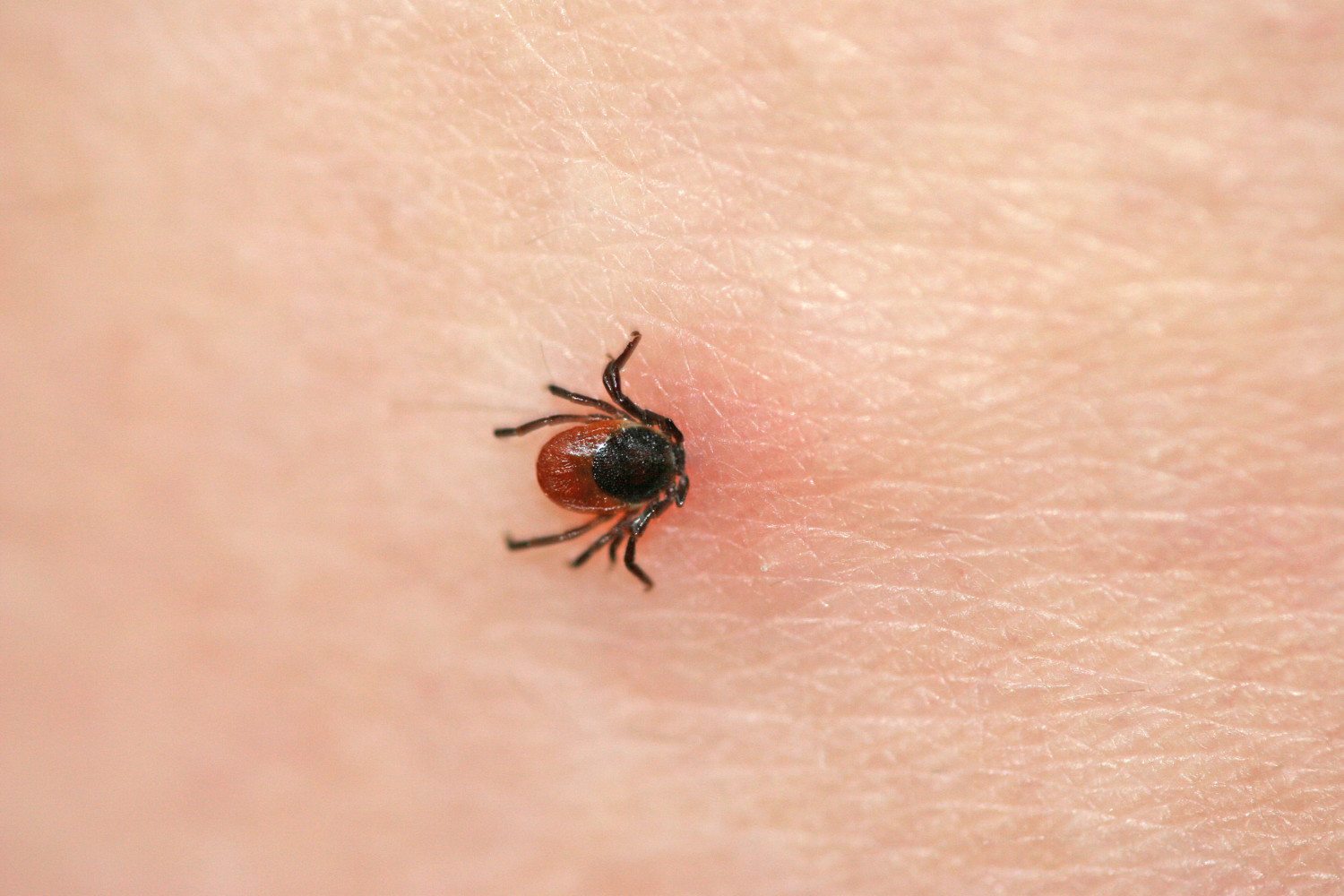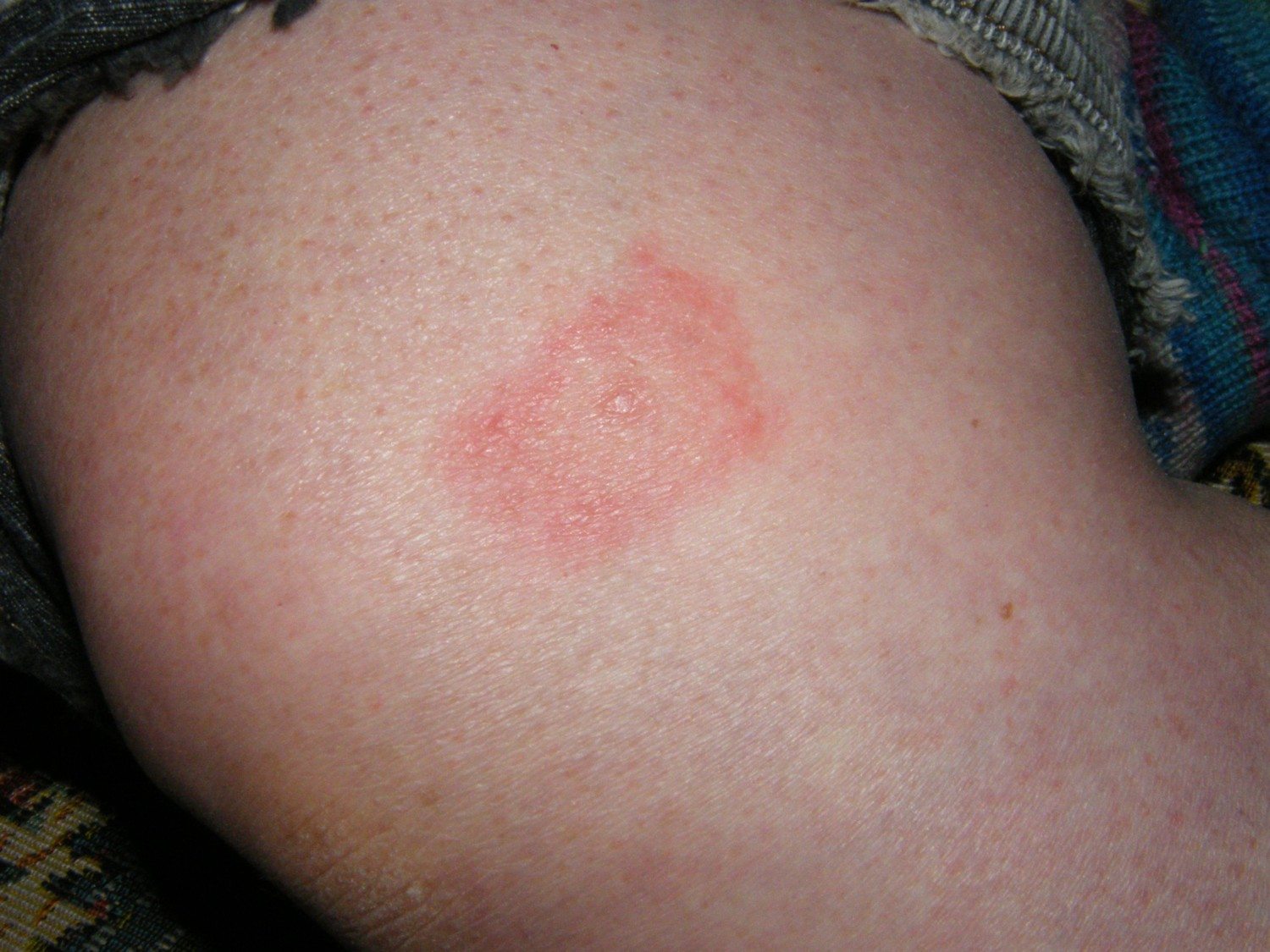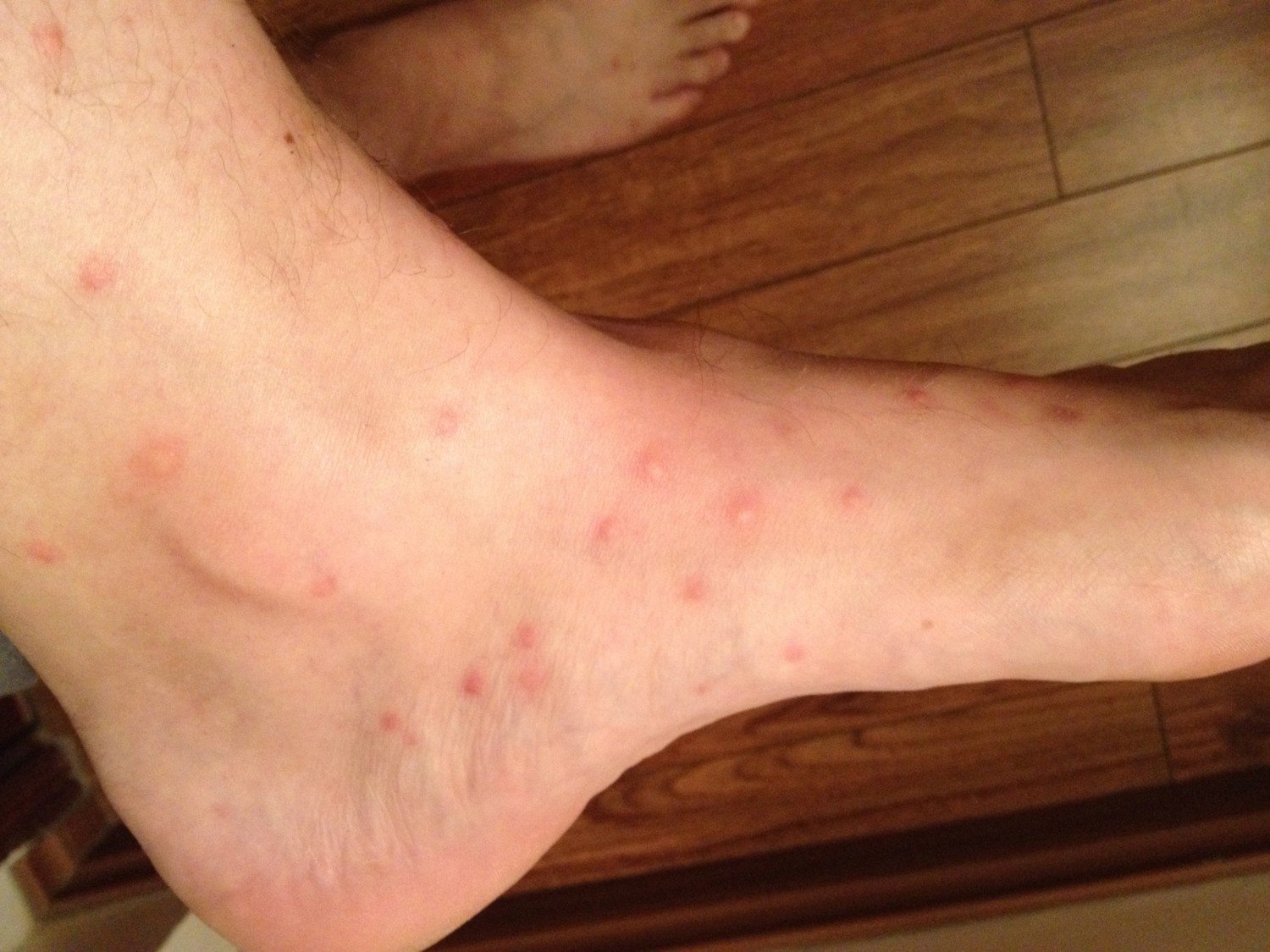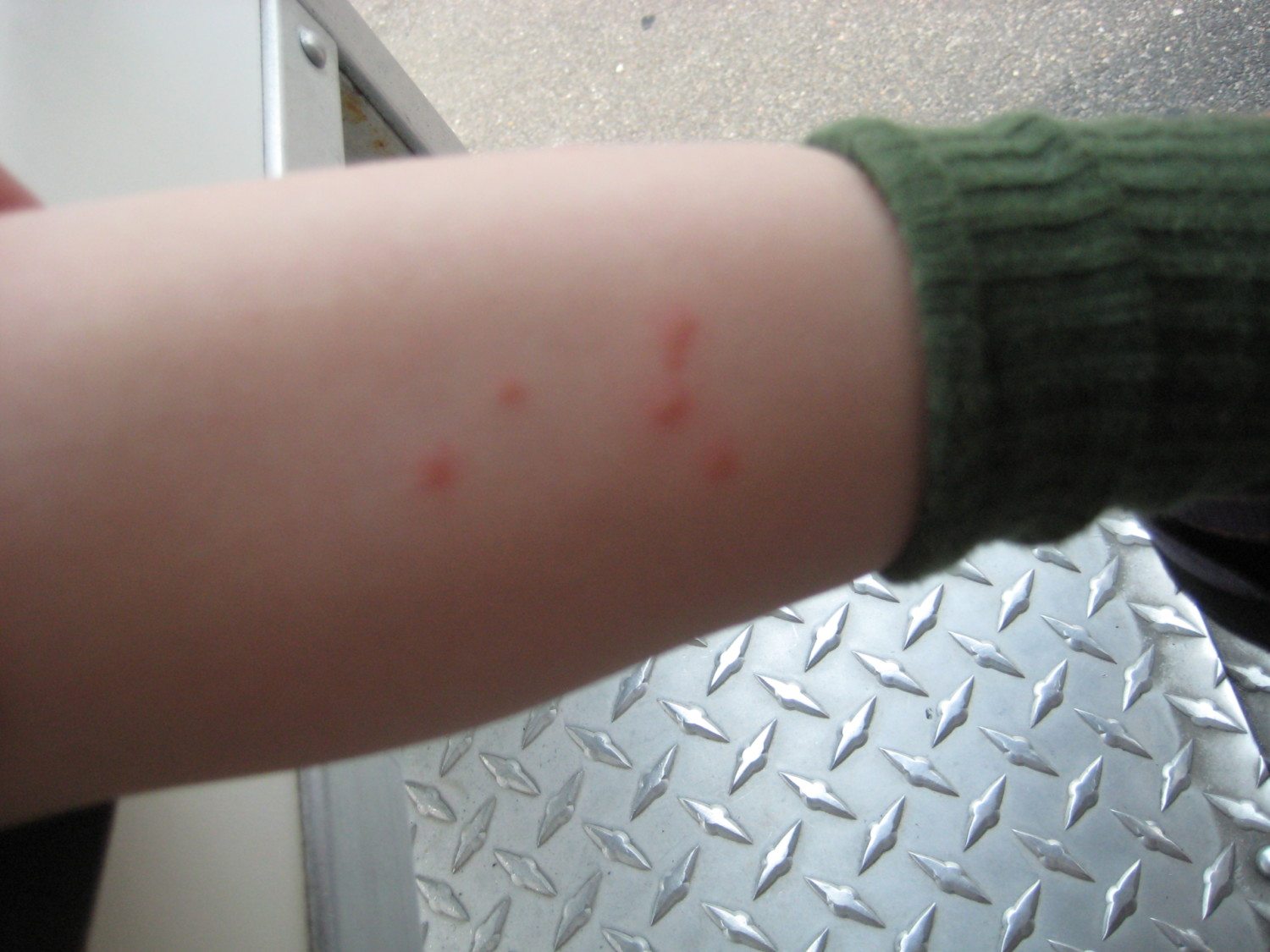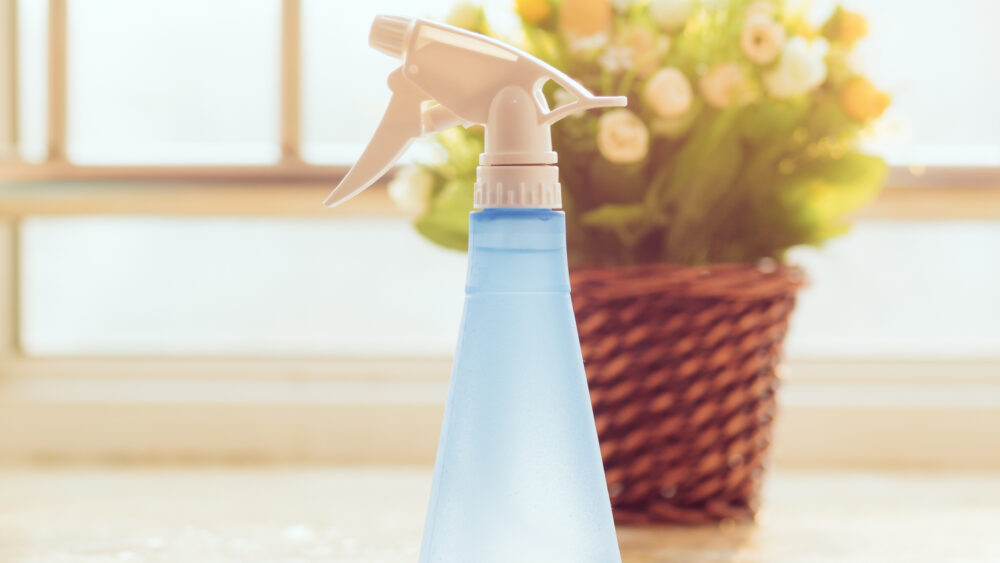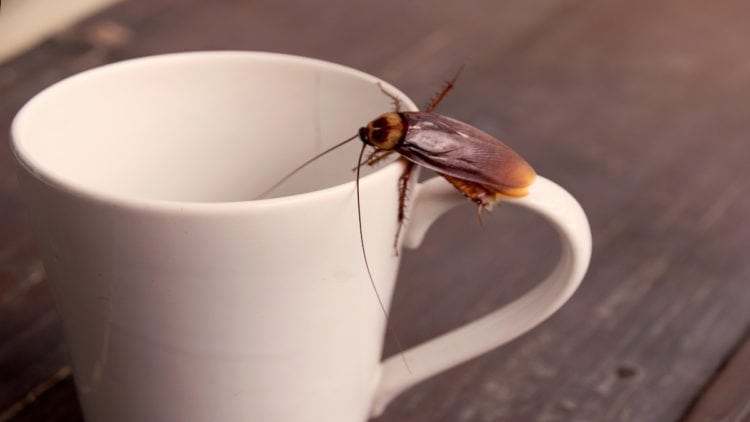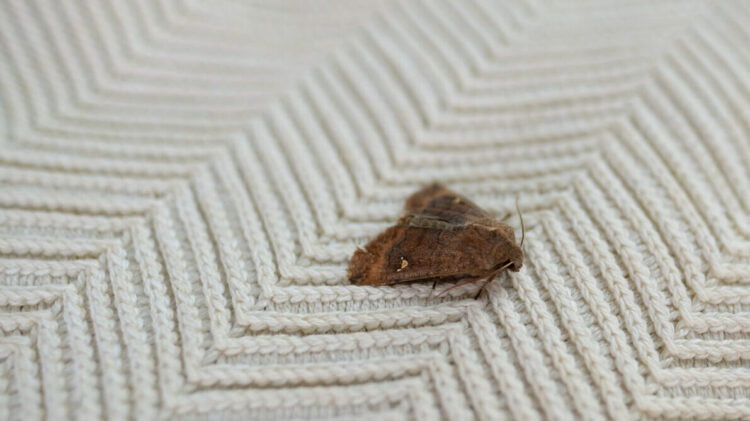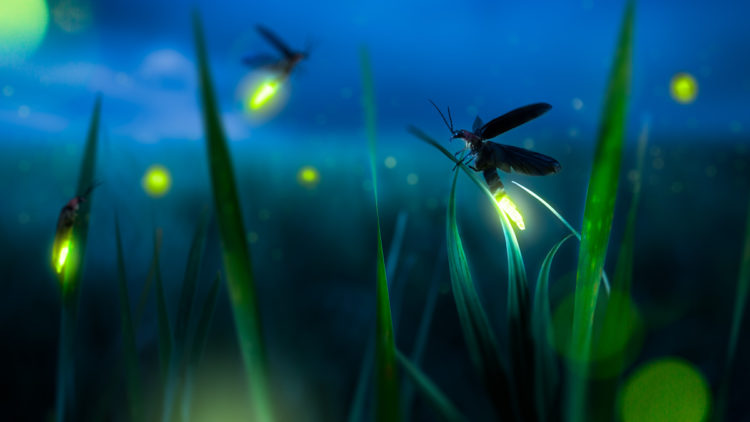How to identify and treat the most common bug bites
- September 22, 2017 |Last updated on 03/25/2022
When a bite appears on your body, it’s not only itchy and painful, but also alarming. If you’re not sure what bit you, it’s hard not to panic and assume the worst. But thankfully, there a number of ways you can recognize the bite in order to appropriately treat it. Most bites are harmless, but it’s important to be able to identify the source of your bite, just in case it’s something that needs more medical attention.
Here’s how to identify and treat seven of the most common bug bites. Remember, if you’re ever in doubt, it’s best to see a medical professional who can make the most accurate diagnosis.
Mosquitoes
What They Look Like: Mosquito bites will form almost immediately after you’ve been bitten. They are generally round and bumpy and, occasionally, you can see a small dot at the center. Eventually, the bump becomes red and hard. They tend to be itchy, but reactions are generally mild, and they often go away after just a few days.
How To Treat Them: Wash the bite with soap and warm water, and relieve itchiness by applying an ice pack or topical anti-itch medication. Although most mosquito bites are harmless, some can be carriers for diseases like West Nile. Symptoms of these diseases include fever, body aches, dizziness and confusion. If you experience any flu-like symptoms after getting a bite, see your doctor immediately.
Bed Bugs
What They Look Like: Bed bugs feed in the night, but you won’t feel it when they bite you. Their bites are usually red and left in straight rows, and they often appear on the arms or shoulders. Like mosquito bites, they tend to be itchy.
How To Treat Them: Bed bugs don’t require treatment, but you can apply an anti-itch cream to soothe itchiness. However, you will want to get rid of the infestation, as they will keep biting. Bed bugs hide in beds, floors, furniture and wood, and they can live for up to 10 months. Look for rusty or reddish stains on bed sheets or mattresses, or even look for the bugs themselves.
Spiders
What They Look Like: Spider bites usually involve swelling, a red welt and skin damage, but they can also be accompanied by a rash, muscle pain and cramping, sweating, nausea, difficulty breathing, fever and more. Oftentimes, the appearance of the bite can depend upon which type of spider bit you. Spider bites can take longer to heal, and they may affect skin tissues.
How To Treat Them: Keep the bite clean to avoid infection. Most spiders aren’t poisonous, but some can be extremely dangerous. If your bites aren’t accompanied by any serious symptoms, you can treat the bite by applying an ice pack, taking an antihistamine, and applying antibiotic ointment. If you suspect you have been bitten by a more serious spider, see a doctor immediately.
Ticks
What They Look Like: Ticks gravitate towards the armpits, groin or hair, and they often remain on your body once they bite you. They are usually harmless and produce no symptoms, but they can cause pain or swelling at the site, a rash, blisters or burning sensations. The bite is usually singular, as ticks don’t bite in groups or lines. If a tick contains Lyme disease, a bulls-eye rash will often appear at the site.
How To Treat Them: Use tweezers to remove the tick, and wash the area with warm, clean water. It’s best to see a doctor as soon as possible when bitten by a tick to check for certain complications like Lyme disease, which could require antibiotic treatment.
Fleas
What They Look Like: Flea bites tend to be much smaller than mosquito bites, and they usually occur on the ankles or legs. They often have a red “halo” around the bite center, and the bites occur in groups of three or four or in a straight line. They also are very itchy, and they can feel sore and painful.
How To Treat Them: Flea bites are harmless, and will go away on their own. Avoid scratching them, which can cause an infection, and take an antihistamine or use an anti-itch cream to relieve any discomfort.
Ants
What They Look Like: A fire ant sting can cause red, hive-like lesions that burn and itch. They often occur in groups and look like swollen red spots that develop a blister on the top. They usually last up to a week.
How To Treat Them: Ant stings are not usually serious unless you experience an allergic reaction to them. Treat stings by washing them with soap and water and covering with a bandage. Apply ice to reduce pain, and use over-the-counter steroid creams and antihistamines to reduce any discomfort from itching or swelling.
Bee Stings
What They Look Like: Bee stings can cause a number of reactions, some of which are mild and others of which can be life-threatening. A typical reaction is minor, and it includes a sharp burning pain at the sting site, a red welt and some swelling, which typically goes away within a few hours. Some people get more redness and swelling that can last for up to 10 days. Others with severe allergic reactions can have trouble breathing, experience nausea and vomiting, or even pass out.
How To Treat Them: If you are having what seems like an allergic reaction to a bee sting that suggests anaphylaxis, call 911 right away. If your symptoms are milder, first remove the stinger by scraping it with something like a credit card. Ice the sting for relief and take an antihistamine to reduce swelling.


